The Inspection Process
Blue Lighting Scanning
Coordinate Measuring Machine (CMM)
Quadratic Element Measuring Instrument
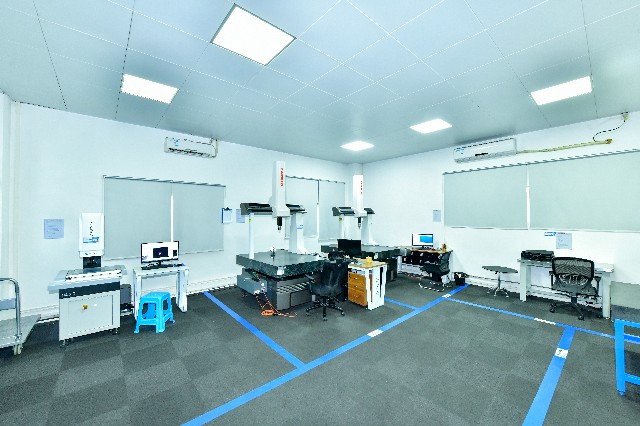
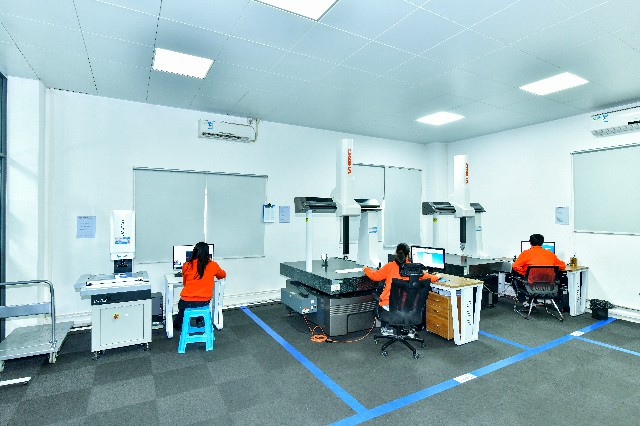
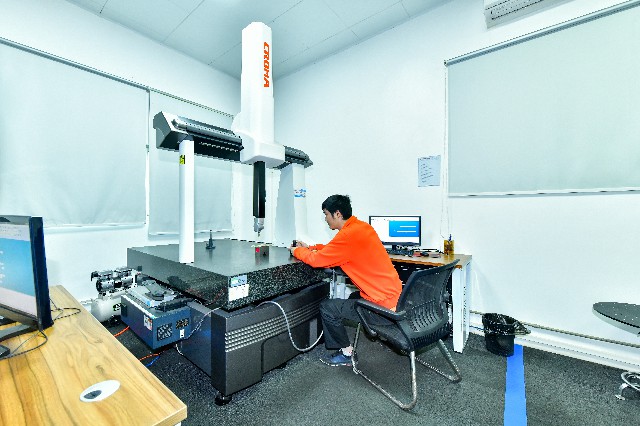
We take great importance of the quality of customers' parts. Quality control inspections at various stages of the production process can help monitor product quality. At Hord, we provide extensive quality inspection services and conduct multiple inspections at every step from incoming raw materials to finished products. We are dedicated to making sure all parts you order are delivered on time and meet your quality expectations.
Coordinate Measuring
Machine (CMM)
XRF material
verification gun
Blue Lighting
Scanning
surface Roughness
Measuring Instrument
A wide range of gauges (telescoping, bore, height, surface roughness, feeler, thread, pin)
Testing devices for stress, impact, hardness, mold flow index
Coordinate Measuring
Machine (CMM)
XRF material
verification gun
Blue Lighting
Scanning
surface Roughness
Measuring Instrument
A wide range of gauges (telescoping, bore, height, surface roughness, feeler, thread, pin)
Testing devices for stress, impact, hardness, mold flow index
The quality controlling will be done as following steps:
2. Firstly, all incoming materials will be inspected. COA (Certificate of Analysis) of raw plastic material from our supplier would be provided.
3. After T1 samples, we will providefull dimensions inspection report.
4. During the manufacutring process, our project engineer will double check the parts in terms of size, tolerance, and appearance.
5. Provide the quality inspection report before shipment.
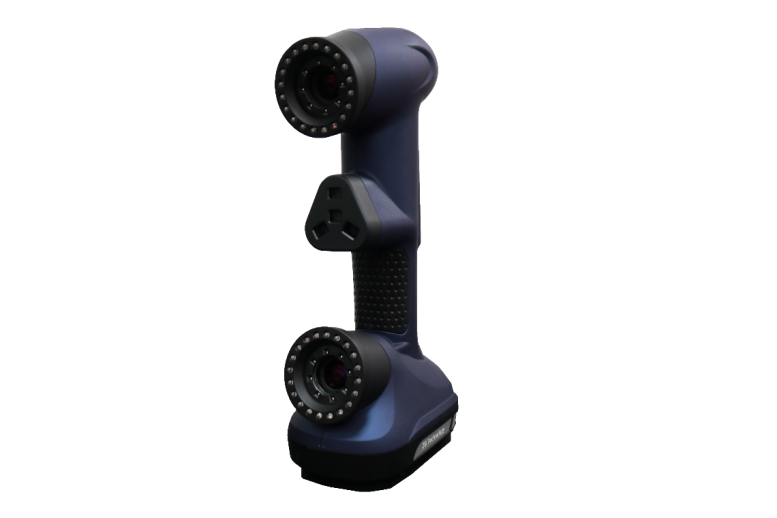
Blue lighting scanning is an important part of quality assurance, prototyping, manufacturing, and reverse engineering. The data from blue light scanning yields a high-quality surface that is ideal for dimensional inspection. It is widely utilized in various industries, and can measure different object sizes, surface finishes, and shape complexities.
High Efficient
to 0.01mm
Technology
High Adaptability
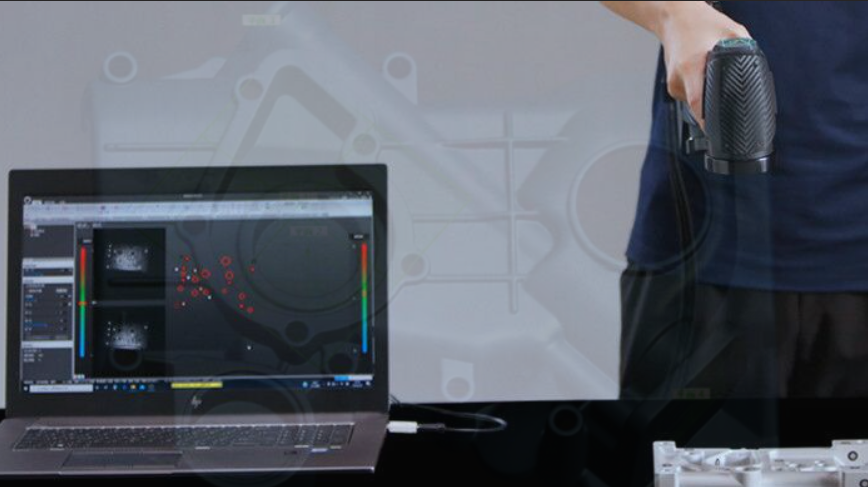
Chromatographic Deviation Chart
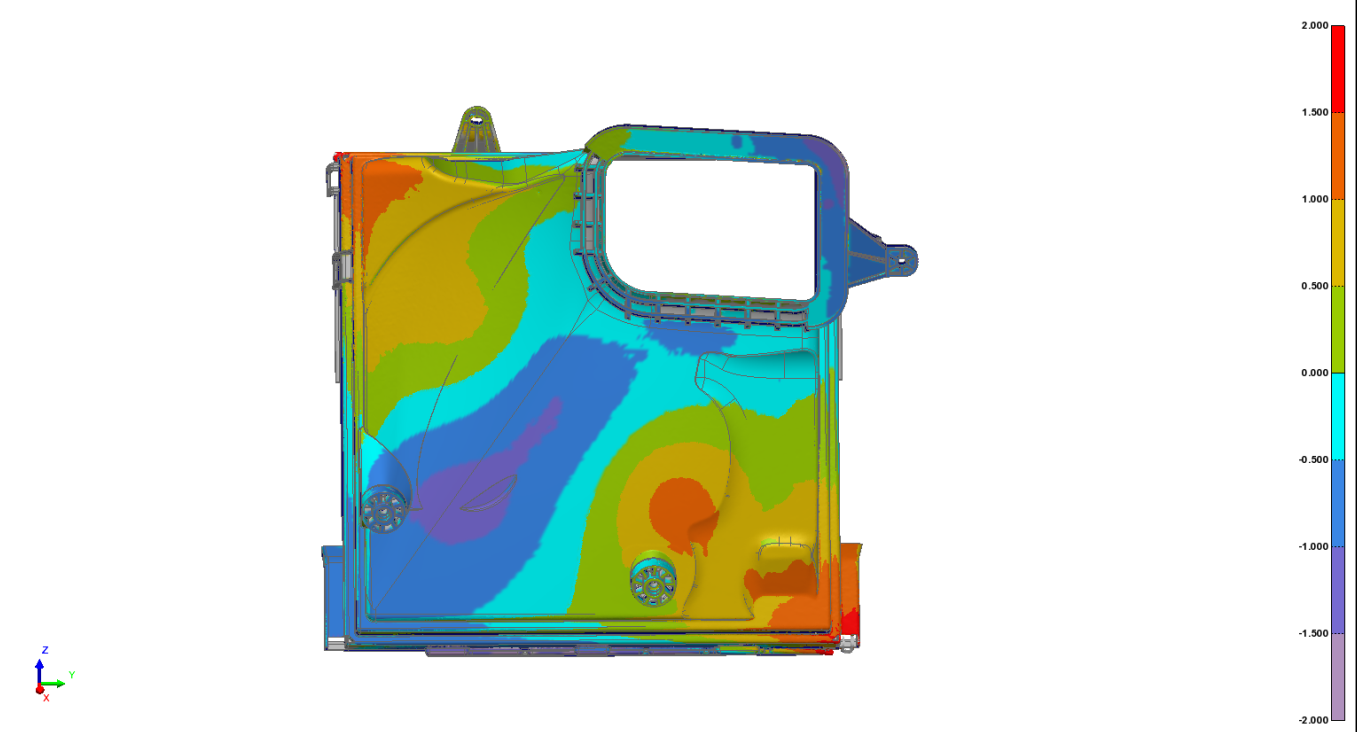
The Data from Blue Lighting Scanning
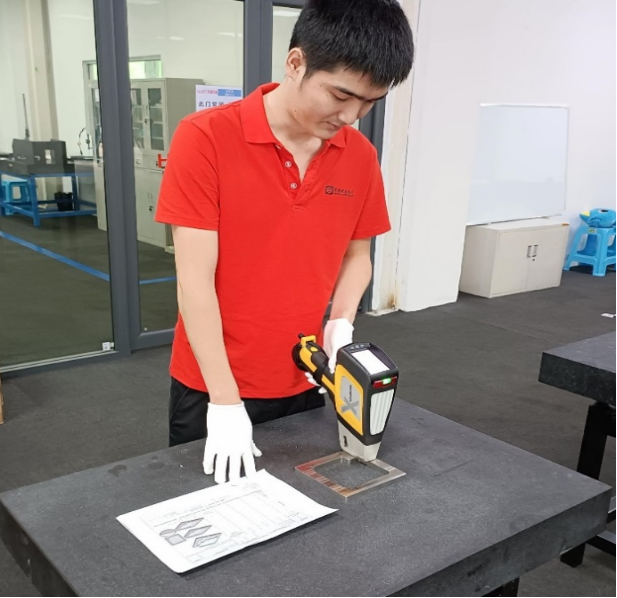
It provides rapid, accurate elemental analysis and alloy identification for high-throughput XRF testing. It is used for quality control of incoming materials and quality monitoring of finished products.
The XRF analyzer can also detect banned materials under the REACH and RoHS legislation.
Since X-ray fluorescence analysis can analyze a sample non-destructively and quickly, it can be applied to a wide range of uses such as manufacturing and quality control.
As a common x-ray technique, XRF can measure a wide range of elements. Here are the main advantages:
●XRF is a rapid process, we can get an accurate data quickly after testing.
●It is generally non-destructive, so we can test sample materials without posing any risk to them
●It is a highly adaptable technique for use on-site in different locations.
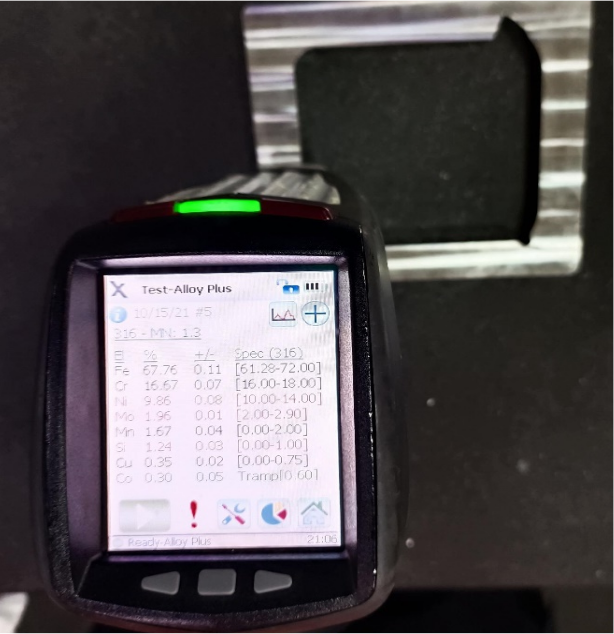
Let us help you provide high quality parts in short time. Get your project started now!
-q4gvl4k29y4hq8j9rjpapvj0ft06fje63olt7p210i.png)